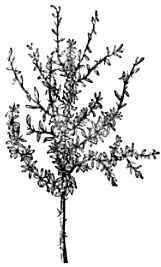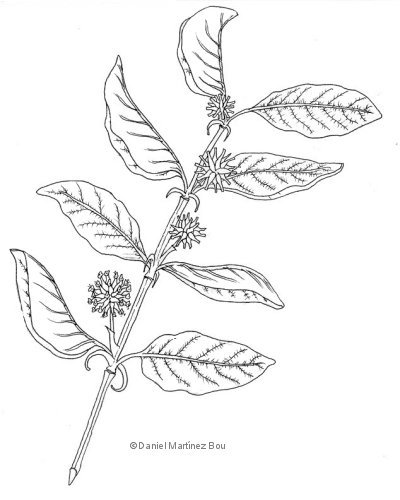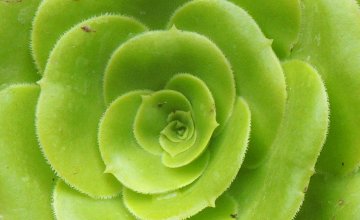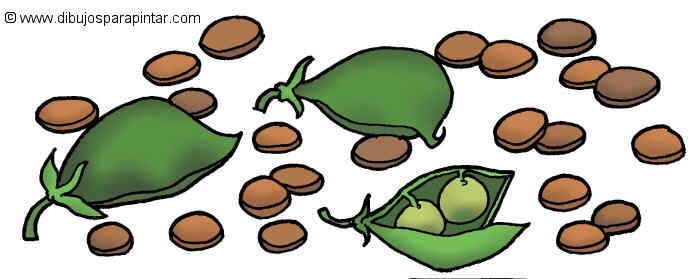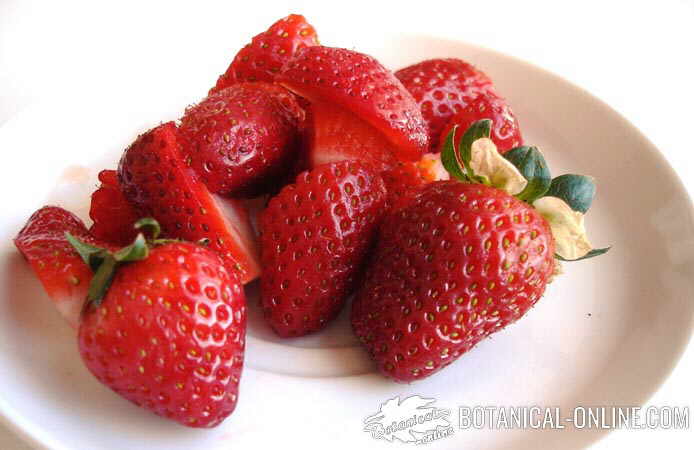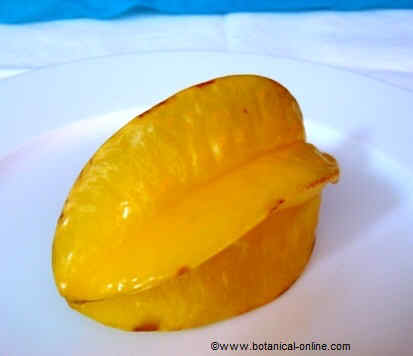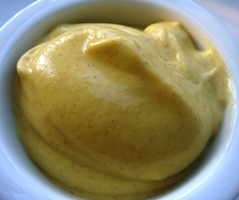Contents
EDIBLE PROPERTIES OF CARAWAY
What is Caraway?
Caraway is the fruit of the plant Carum carvi , native to Asia Minor, in the ancient region of Carvia.
Botanically, the plant is from the family of Umbelliferae, a relative of fennel, cumin, coriander and anise.
What is caraway used for?
Caraway is used as a condiment or as a medicine, since the time of the ancient Egyptians, as evidenced in the archaeological remains where seeds have been found in the tombs of Pharaohs.
What does caraway taste like?
This species has a characteristic taste, slightly spicy and very penetrating aroma, reminiscent of anise.
What is caraway like?
The fruit is often confused with that of cumin (Cuminum cyminum), although in the case of caraway, grains are longer, glabrous and narrower.
You can lightly toast the seeds before using them to get a stronger flavor.
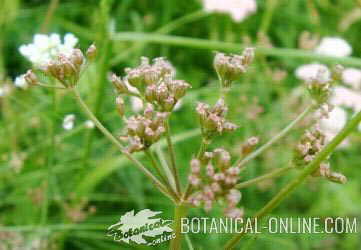
Caraway fruits
How to combine caraway
Caraway goes well with all kinds of breads, vegetables, soups, salads, dressings, pickled vegetables, dried apricots or nuts.
We suggest adding some caraway seeds and a bit of orange peel in the traditional pickled olives. It tastes amazing and delicious!
Nutritional value of caraway
Caraway is a spice, rich in carbohydrates, protein and fiber, although the small doses used for food are not a remarkable contribution of these nutrients.
Here are some properties of this species, from the nutritional and health point of view:
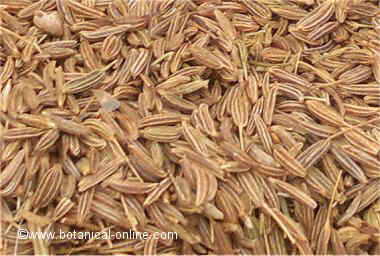
Caraway seeds
- The nutritional importance of caraway lies in its flavor components, which give it antioxidant and medicinal properties.
- Because of its low sodium content, this condiment is suitable for persons who must follow a low salt diet.
- It is also remarkable its tannin content and its aromatic terpenes with antioxidant properties.
| Composition of caraway seeds (Carum carvi) per 1 teaspoonful (5g.) | |
| Nutrient | Amount |
| Energy/ Calories | 16,65kcal. |
| Carbohydrates | 2,50g. |
| Proteins | 1g. |
| Fats | 0,75g. |
| Fiber | 1,9g. |
| Niacin | 0,18mg. |
| Iron | 0,8mg. |
| Calcium | 689mg. |
| Potassium | 67,55mg. |
| Sodium | 0,85mg. |
Caraway is the richest plant in carvone, an aromatic substance that helps expel gas from the digestive tract. For this reason, caraway is one of the most valued carminative plants. |
Properties for health of caraway
- Carminative: Caraway is used as a condiment since ancient times to combat bloating and cramping, because it helps expel gas from the digestive system.
- Digestive: aromatic components of the spice promote digestion.
- Galactogogue: these seeds have the property to stimulate lactation in nursing women.
(* More information: see Medicinal properties of Caraway in the listing below).
How to store caraway
Caraway must be stored in a glass jar and tightly sealed in a cool, dry place, away from light. Caraway retains its flavor powder for 6 months, while whole seeds preserve their aroma for longer than 1 year.
How to cook with caraway
Caraway dry fruits are more aromatic than caraway fresh fruits, therefore they must be used in small quantities to avoid masking other flavors.
Caraway taste is very aromatic, but it is easily lost when stored ground. It is preferable to keep the whole grain and crush or grind the seeds just before adding to dishes.
You can lightly roast the seeds before using them for a stronger flavor.
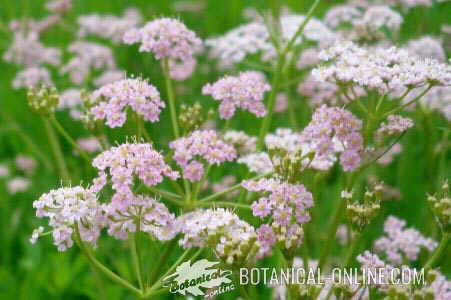
General appearance of an alpine meadow full of caraway (Carum carvi) plants in bloom
Traditional uses of caraway in gastronomy
In Latvia, Kümmel, a colorless sweet liqueur, is elaborated and flavored with caraway seeds.
There is a typical Scandinavian liquor made from rye and flavored with caraway, citrus peel, fennel and anise. It is popularly known as Akvavit.
In Europe, cheeses are prepared with caraway, such as Tilsit and Havarti, of Danish origin, or Spinnenkäse Milbenkäse in Germany.
Caraway is also an ingredient of garam masala or curry in India.
![]() More information about caraway.
More information about caraway.

